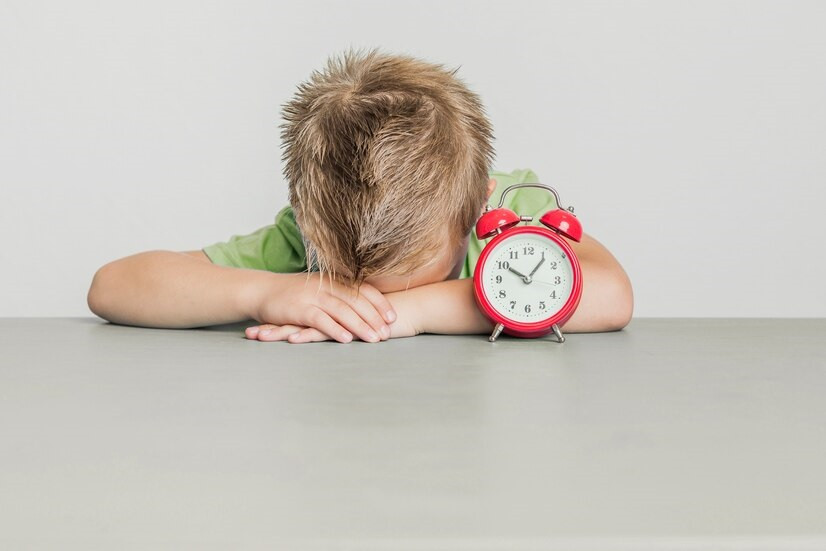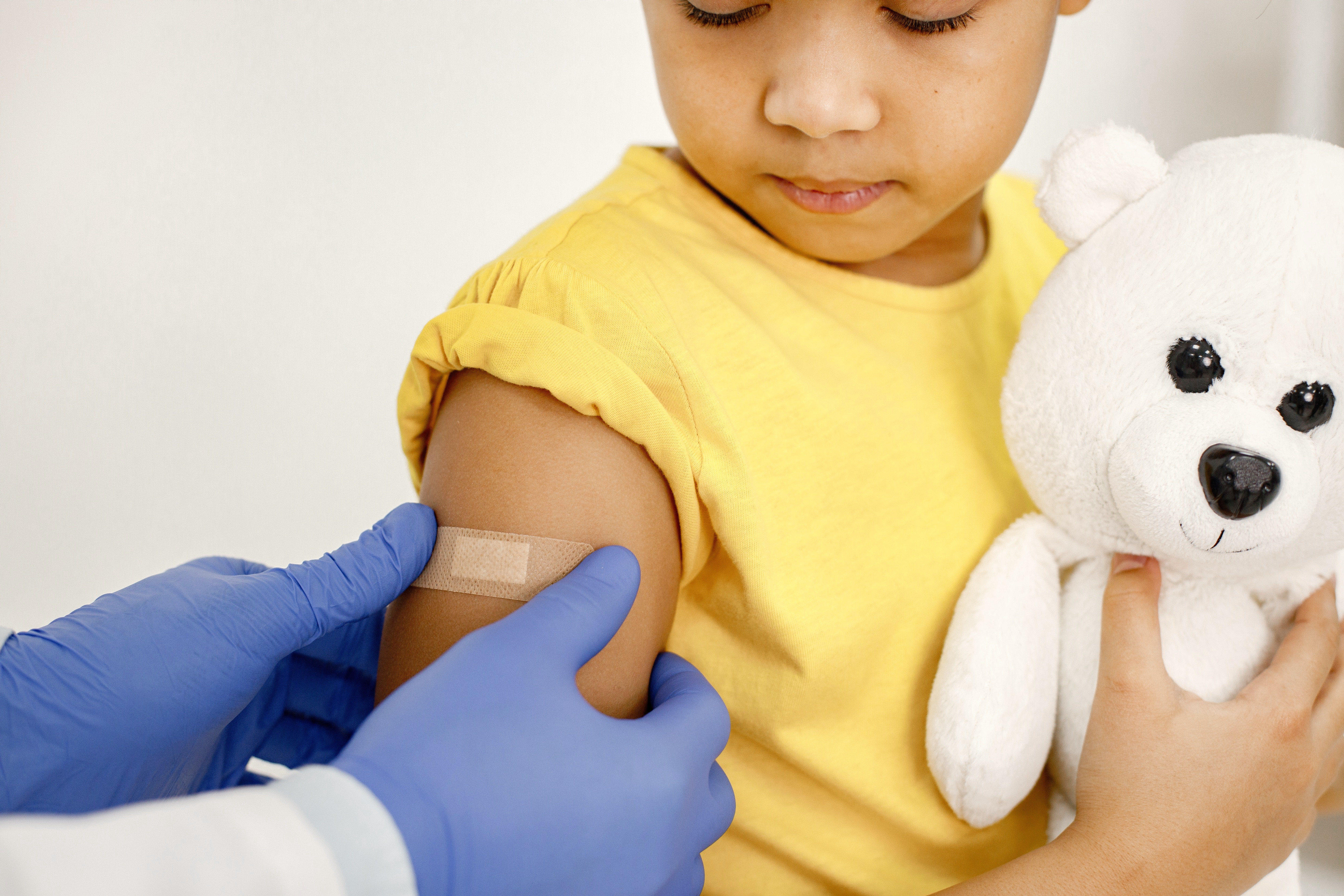Children are naturally curious about their surroundings and often engage in exploring by putting non-food items into their mouths. Nevertheless, there exists a condition wherein children consume non-food substances, known as pica, which is an eating disorder.
What is pica?
Pica, an eating disorder characterized by compulsively ingesting non-food items, differs from the typical curiosity of children, who explore by putting objects in their mouths.
Children who have pica may eat foods that are unhealthy and low in nutrients. Prolonged engagement in this behavior can lead to severe health issues and developmental challenges.
While pica can affect anyone, it is more commonly observed in children under 6 years old, pregnant individuals, and those with specific mental health conditions such as autism spectrum disorder, intellectual disability, and schizophrenia.
Examples of items often ingested in pica cases include:
- Ash
- Baby powder
- Chalk
- Charcoal
- Clay
- Coffee grounds
- Eggshells
- Feces
- Hair
- Rope or thread
- Ice cubes
- Peeling paint
- Paper
- Bricks
- Pet food
- Bath soap
- Crayons
- Cloth
- Detergent
What causes pica?
There is a lack of consensus among experts regarding the exact causes of pica development. Research indicates various factors that elevate the risk of children developing this eating disorder, including:
Lack of certain nutrients
Pica is frequently linked to deficiencies in specific nutrients like iron, zinc, and calcium. These deficiencies can lead to urges to ingest non-food items in an attempt to compensate for the lack of nutrients.
For instance, iron deficiency anemia can cause cravings for substances like ice cubes, dirt, or clay. Zinc deficiency may result in cravings for items such as soil, sand, or chalk. Similarly, calcium deficiency can trigger desires for materials like paper or chalk.
Stresses and environmental conditions
Children who experience poverty, abuse, or neglect are at elevated risk of developing pica. When fundamental needs such as food, safety, and attention are unmet, the body may manifest cravings for non-food items in response.
Developmental disorders
Conditions such as autism spectrum disorder (ASD), attention deficit hyperactivity disorder (ADHD), or medical conditions like Prader-Willi syndrome can instigate pica behavior.
Children with ASD and ADHD may exhibit pica as they seek heightened sensations or stimulation. Conversely, children with Prader-Willi syndrome, experiencing perpetual hunger, may resort to pica behavior as a means to cope with this persistent hunger.
Mental health issues
Mental health conditions like obsessive-compulsive disorder (OCD), anxiety disorders, schizophrenia, and intellectual disabilities can induce pica behavior. For instance, individuals with OCD may develop an obsession with cleanliness, leading them to consume non-food items as a compulsive act.
Anxiety disorders may prompt pica behavior, as eating non-food items can provide temporary relief from anxiety. Schizophrenia often contributes to pica behavior due to delusions and hallucinations, with affected individuals believing that consuming certain objects can alleviate their symptoms.
If your child exhibits symptoms of pica, it is important to seek medical evaluation. The doctor will identify the underlying cause and recommend appropriate treatment based on the child's condition.
If you need medical advice or consultation, you can either visit a doctor or make use of the consultation features that are available in the Ai Care application by downloading the Ai Care application from the App Store or Play Store.
Want to know information about pregnancy, breastfeeding, and the health of women and children? Click here!
- Sean Edbert Lim, MBBS
Kids Health (2023). Pica. Available from: https://kidshealth.org/en/parents/pica.html
Cleveland Clinic (2022). Pica. Available from: https://my.clevelandclinic.org/health/diseases/22944-pica
Sherry Christiansen (2023). Pica: Symptoms, Causes, and Treatment. Available from: https://www.verywellhealth.com/pica-5083875
Dr. Sruthi M., MBBS (2023). Understanding Pica (Eating Disorder). Available from: https://www.medicinenet.com/understanding_pica_eating_disorder/article.htm
National Institute of Mental Health (2023). Autism Spectrum Disorder. Available from: https://www.nimh.nih.gov/health/topics/autism-spectrum-disorders-asd
NHS UK (2021). Attention deficit hyperactivity disorder (ADHD). Available from: https://www.nhs.uk/conditions/attention-deficit-hyperactivity-disorder-adhd











